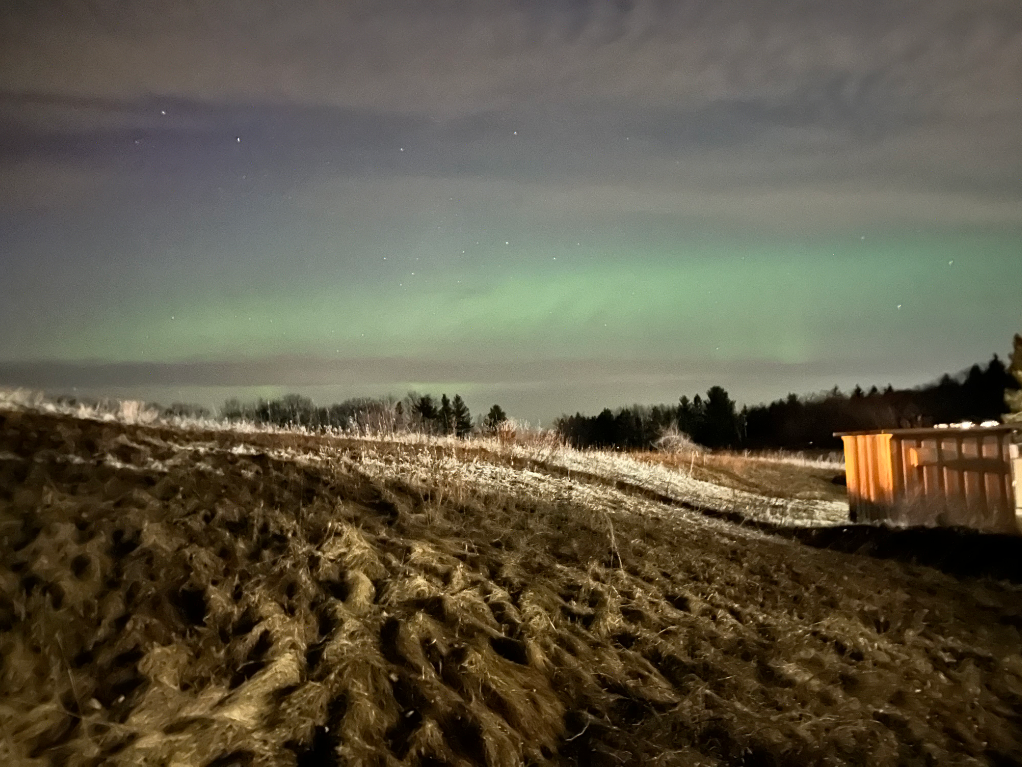Northern Lights could be visible Mother's Day, but skies could turn overcast later tonight

Wisconsin has been able to experience the Northern Lights, also known as aurora borealis, the last two evenings.
According to the NOAA Space Weather Prediction Center, the geomagnetic storm could be visible again on Sunday, Mother's Day 2024, but it's also expected to be overcast later this evening.
Particles from a coronal mass ejection arrived over Earth this weekend, causing this geomagnetic storm. Several more intense coronal mass ejections are still anticipated to reach the Earth's outer atmosphere later Sunday, and could be visible over much of the northern half of the country.
In the Milwaukee area, the Sunday forecast calls for mostly sunny skies most of the day, but a storm and scattered showers are expected to roll in around 4 p.m. that could result in cloud coverage, making it more difficult to witness the northern lights.
"We've got a front slowly making its way through tonight. And so that's going to leave a chance for clouds, lingering clouds really through the night," said NWS meteorologist Denny VanCleave.
"I don't think it's going to necessarily be overcast, so there might be some holes here and there. But a clear horizon to the north all night, I'd say is not anticipated."
To monitor the aurora forecast, you can use the NOAA aurora forecast tool, which has a 30-minute forecast window. There's also a tool on the Milwaukee Astronomical Society website at www.milwaukeeastro.org.
On the tool, you'll see the Northern Lights prediction for 35 minutes ahead. You'll have good odds of seeing the Northern Lights if the color over Wisconsin is yellow, orange or even red.
Here are some tips on how to see the Northern Lights:
Here are some viewing tips from Gene Hanson, observatory director for the Milwaukee Astronomical Society:
Head North: The Northern Lights get their name for a reason. Hanson says the aurora is bigger and more vibrant the farther north you go. “Even 60 miles north can make a tremendous difference,” Hanson says.
Look for the horizon: The northern horizon, that is. Hanson says that you want the most unobstructed view to the north that you can find. Again, they’re called the northern lights for a reason. The more north you can see, the more of the lights you could see.
Move away from the light: Light pollution is often the reason you can’t see stars when you’re in the city. So, get out and away from the city. Rural areas are best, and Hanson says that anywhere you can see the stars well will work, but the darker the better.
Where to view the night sky in Wisconsin:
Here's a list of places in Wisconsin that could offer some of the best views of the night sky:
Newport State Park, Ellison Bay
Alex Groth contributed to this report.
This article originally appeared on Milwaukee Journal Sentinel: Northern Lights could be visible Sunday night in Wisconsin

